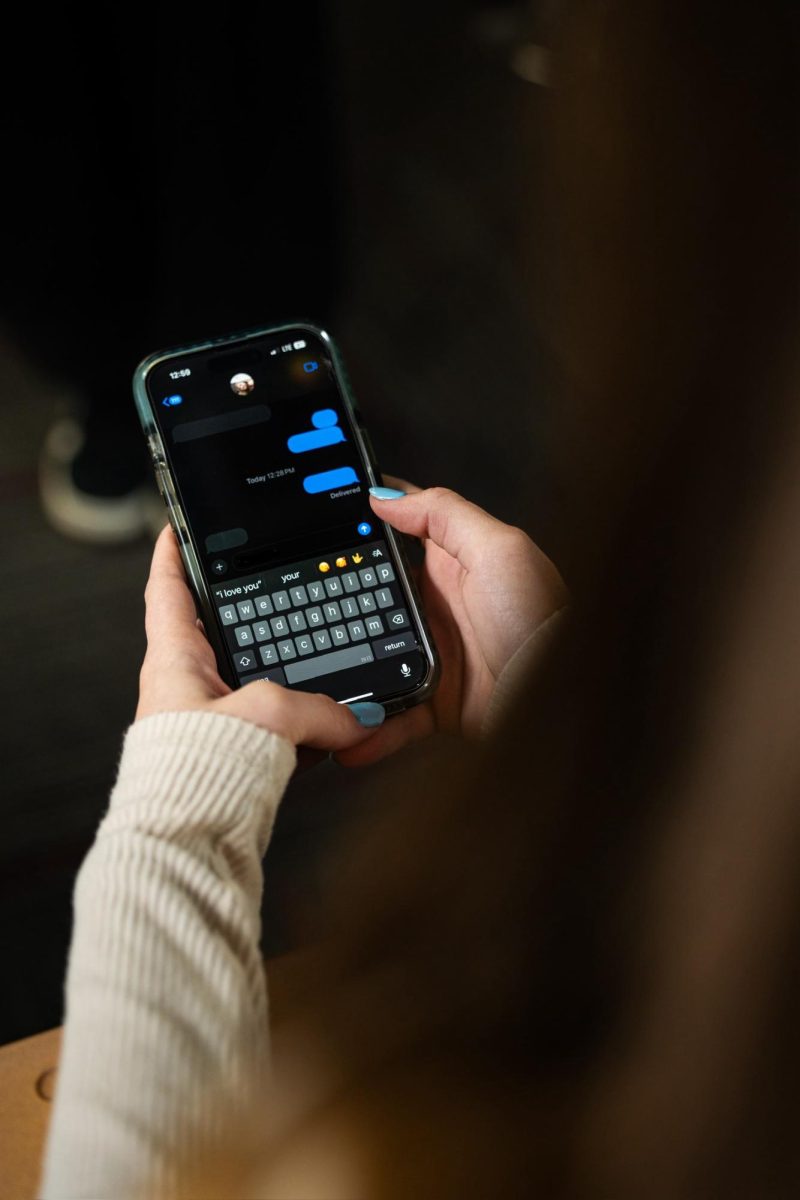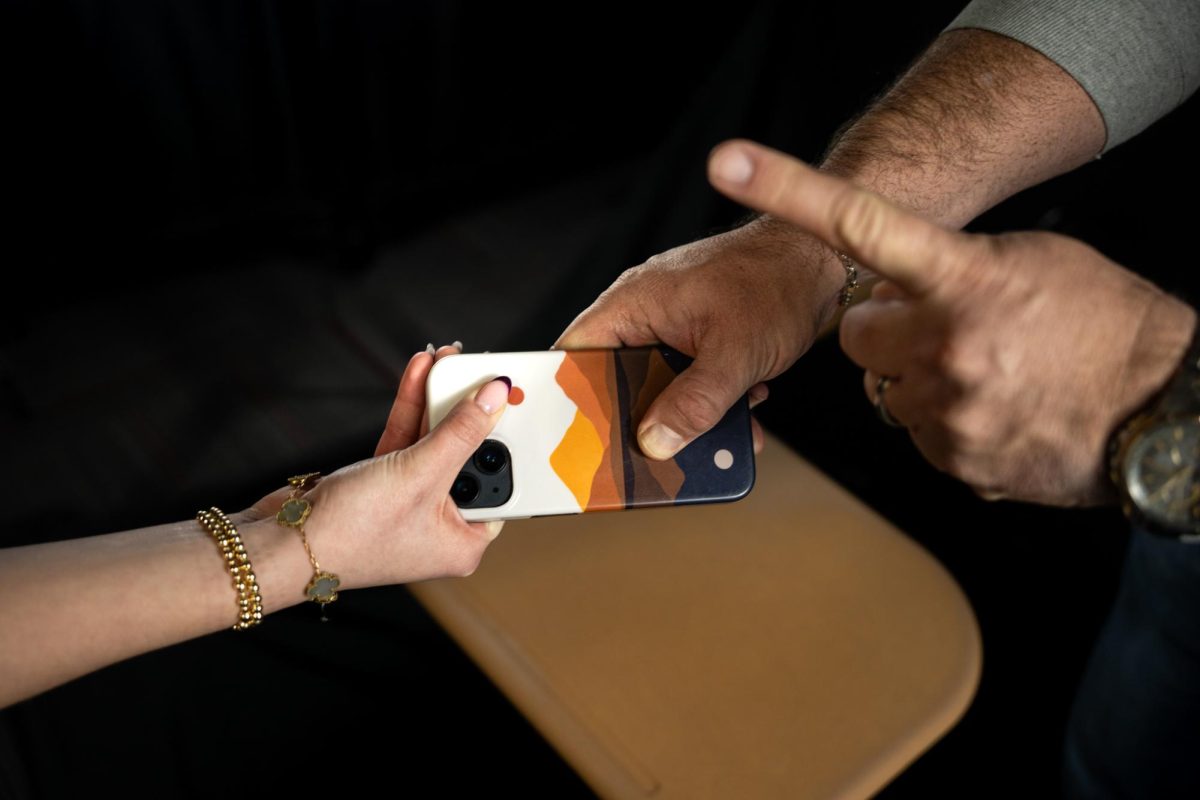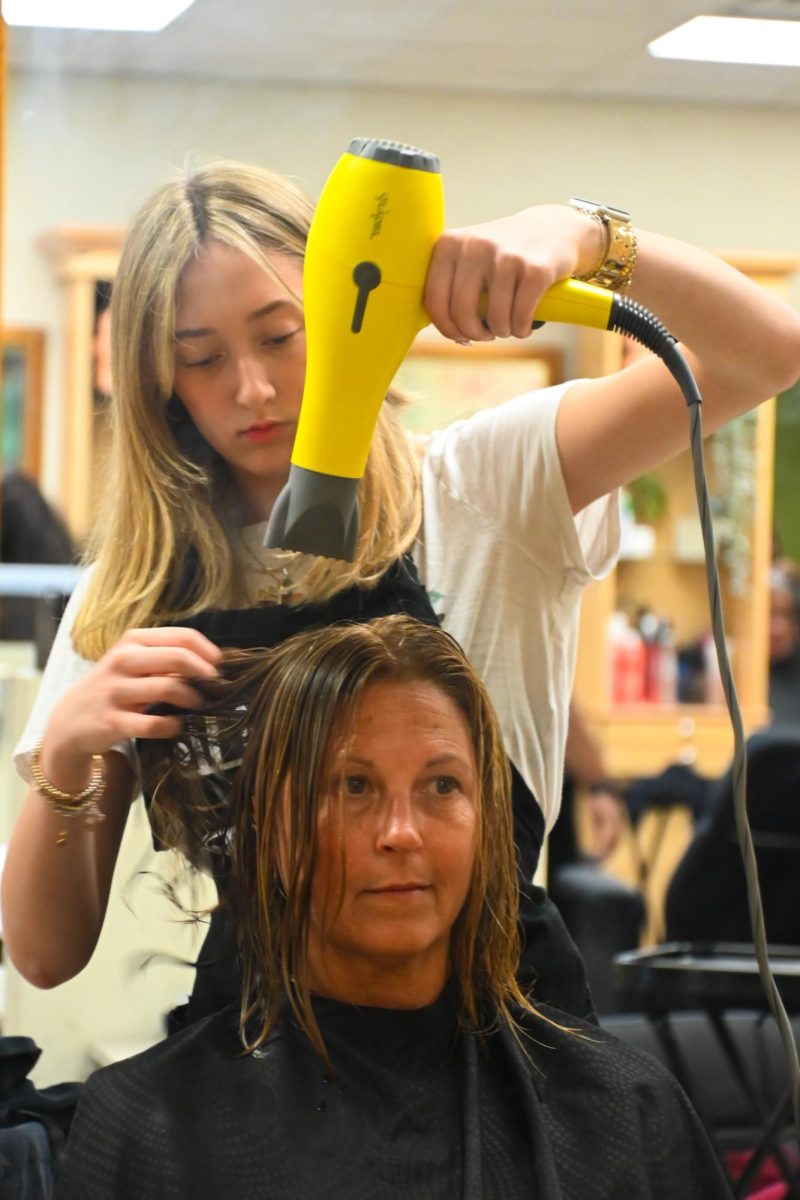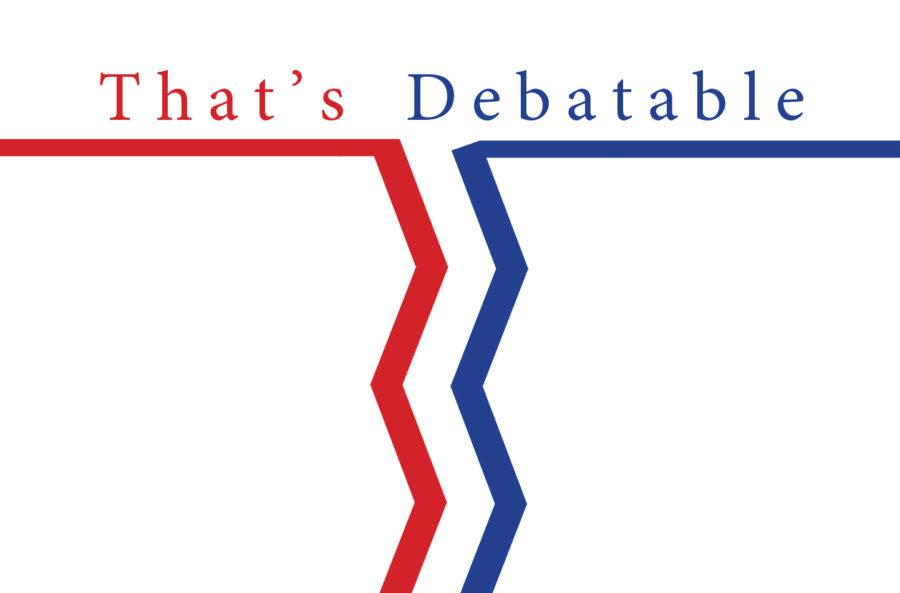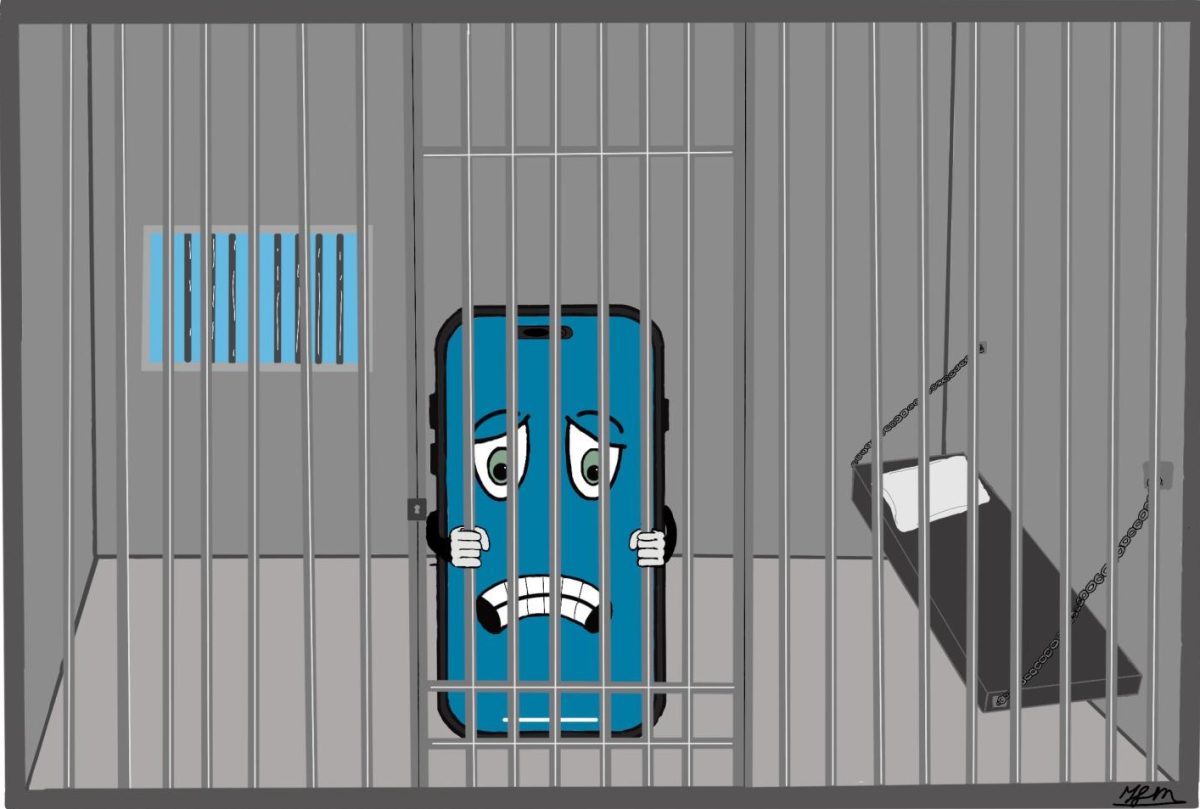Ever since the birth of our country, the unyielding demand of freedom has been inherently built into the DNA of almost every American. Correspondingly, any form of restriction by the government seems to be met with hostility or at the very least general resentment.
Recently, we’ve seen this trend show up again in the classroom, as a new school and state legislature is requiring students to put their phones behind bars during class. This all-encompassing, yet low-flexibility approach is good for initially implementing a policy, but not for sustaining one, as it cannot adapt to smaller detailed issues.
The restrictive nature of this policy has met loud responses from various groups, but the most vocal are the students themselves.
Many students appear to have a negative attitude towards the new policy. While they may not like it, this new policy does eliminate the possibility of phones distracting students in class.
Phones have always been an issue in schools. Their ability to distract students can undermine the educational integrity of a lesson or a class heavily, even if the student is capable of success.
The reason for the phone’s subversion originates largely from their well-known and naturally addictive qualities. Phones have quickly grown into a public health concern, as two-thirds of American children spend 4 or more hours on their phone a day, and the average American is likely to open their phone 160 times a day according to a studies by Niagara Center of Recovery in 2023 and DataReportal in 2021, respectively.
Taking these consistent disturbances from students’ reach, while limiting and sometimes suboptimal, is necessary when they play such a massive negative role in education. Phones can serve positive duties, as they are a means for communication or a source of useful information, but these positions can be taken on by school computers or handled with phones between or after classes.
The most important perspective has been lost during the discussion, though, and it is one of nonalignment. The students who may or may not be supportive of the policy, but don’t care enough to do or say anything about it.
This is where many stand, as long as teachers are teaching, these students understand the reasoning for putting up their phones. However, once the lesson is over and they either have free work time, study hall, or some other independent time, they want their property back.
Students may choose to use their phones to listen to music while they work, they could be done with their work and want to play a game on their device, or they may just want to take a brain break. Whatever the reason is, these students should be allowed to use their phones, since at this point being distracted is much less of an issue, as the students have already consumed the content that the teacher taught them.
It is the smaller, more individual details like these that need more consideration or case-based leniency because not providing flexibility for students when it is logical is the cause of much of the lingering frustration felt by many students.
With these details in mind, the school should reexamine their policy by the end of the first semester and change this nearly absolutist policy, adjusting it with the interest of providing students some rightful freedoms in mind.









